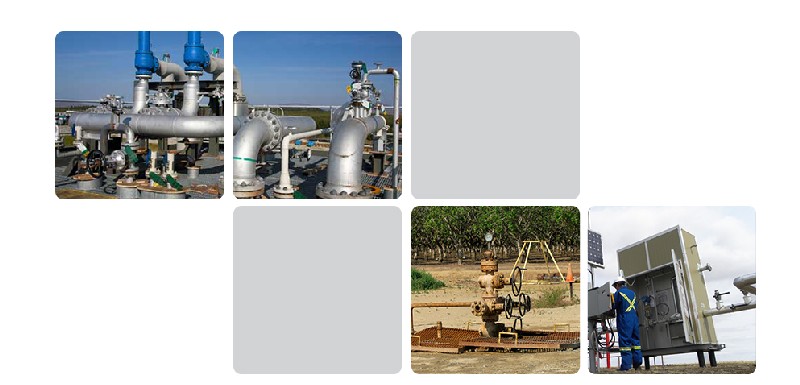3- Some Added value Services
Added value services we propose for this project can be divided in two main parts:
The first is our SCADA software which has been developed completely with FASBA’s innovative and expert software and automation engineers.
• FaSCADA, a windows-based process control data visualization system which is Now the leader in the substation automation and process automation software markets, developed and improving continuously by our engineering team.
• Containing standard tools like graphic design interfaces and tools, predefined libraries, Alarm, Trends and reporting facilities
• Power systems special tools like load shedding and load sharing
• High secured architecture and configuration for high secure platforms
• Built-in especial tools for power grid and substation control and monitoring
The second is analytical platforms to analyze process network parameters to make operation and maintenance so easier.
• DOIS (Dispatching Online Interface for SCADA) to be connected to both SCADA system software and also analytical software to get the data, analyze, study and generate the results.
• DPAT (DIgSILENT Protection Analysis Tools) to simulate relays and protection analysis; whereas in similar software there is no tool for the automatic calculation of the relay settings and now only it could be calculated manually and evaluates the settings coordination. DPAT-Grid, DPAT-Industrial, DPAT-Power Plant and DPAT-Distribution are different software each suitable for one platforms
• CCSR (Calculator of Compatible Settings for Relays) to calculate settings for a wide range of different relay types, prepared and used for power transformation/sub-transmission substations, power plants, Industrial networks and distribution networks
4- Our Benefit for you
• Developing main SCADA software by local engineers make it possible for covering Passive Defence requirements like make special security system and cyber security issues, to make more secure SCADA applications.
• FASBA’s experience in this field and special tools developed by FASBA can make an important added value facility in conjunction with other SCADA applications.
• Using FASBA’s special platforms, it is possible to integrate usual process control facilities with control and analytical method and tools for power distribution and grids used in Oil and Gas industry.
All above to capable you to:
• Monitor the process network
• Control the process
• Analyse the network
• Predict the process status
• Make decision for best operation
• Make best solution for maintenance
